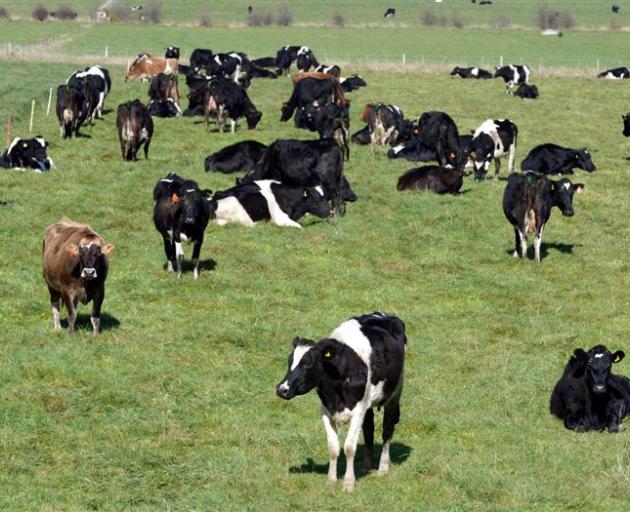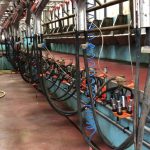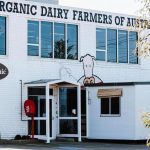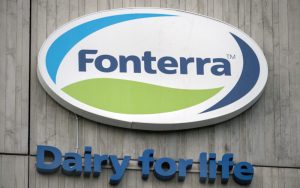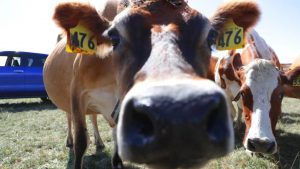
DairyNZ and Livestock Improvement Corp (LIC) statistics showed that New Zealand dairy companies processed 21.1 billion litres of milk containing 1.90 billion kg of milksolids (kgMS), up 0.6 per cent from the previous season.
The higher production coincides with higher prices for farmers, with Fonterra this month lifting the mid-point of its forecast milk price range to $7.00/kgMS from $6.80.
Average milk production per cow also increased from 381kgMS last season to 385kgMS this season, while the latest count showed that New Zealand has 4.921 million milking cows – a decrease of 0.5 per cent from the previous season.
This was again down from peak cow numbers in 2014/15 of more than 5 million.
DairyNZ chief executive Tim Mackle said record milksolids production per cow was achieved despite cow numbers continuing to remain relatively stable, as farmers place more focus on cow productivity and environmental efficiency.
“The commitment by our farmers to improve the quality of their herds to drive better productivity and sustainability outcomes is good news,” Mackle said in a statement.
“While some of our key sectors have been hit hard by Covid-19, our dairy sector has proven extremely resilient through this period of uncertainty and is well-positioned to continue playing a key role in contributing to New Zealand’s economy,” he said.
The dairy sector directly employs 50,000 people and earns New Zealand roughly $20b in exports per year.
This year’s dairy cow census also showed New Zealand dairy farmers are continuing to draw on a range of tools to ensure their cows are year-on-year more efficient at converting grass into milk.
LIC chief executive Wayne McNee said the focus on cow quality was evident in the increasing uptake of herd improvement services.
Artificial breeding is another tool used by Kiwi dairy farmers to increase cow productivity.
McNee said interest in the highest genetic merit animals continued to grow year-on-year, with farmers investing in the latest artificial breeding technologies.
Early this month, dairy giant Fonterra lifted the mid-point of a narrowed milk price forecast to $7.00/kgMS from the previous mid-point of $6.80, driven by demand out of China.
The co-op also raised its first-quarter normalised earnings and kept to its 2020/21 earnings forecast of 20 to 35 cents per share.
Fonterra’s new milk price range is $6.70 to $7.30/kgMS, from a previous range of $6.30 to $7.30/kgMS.
